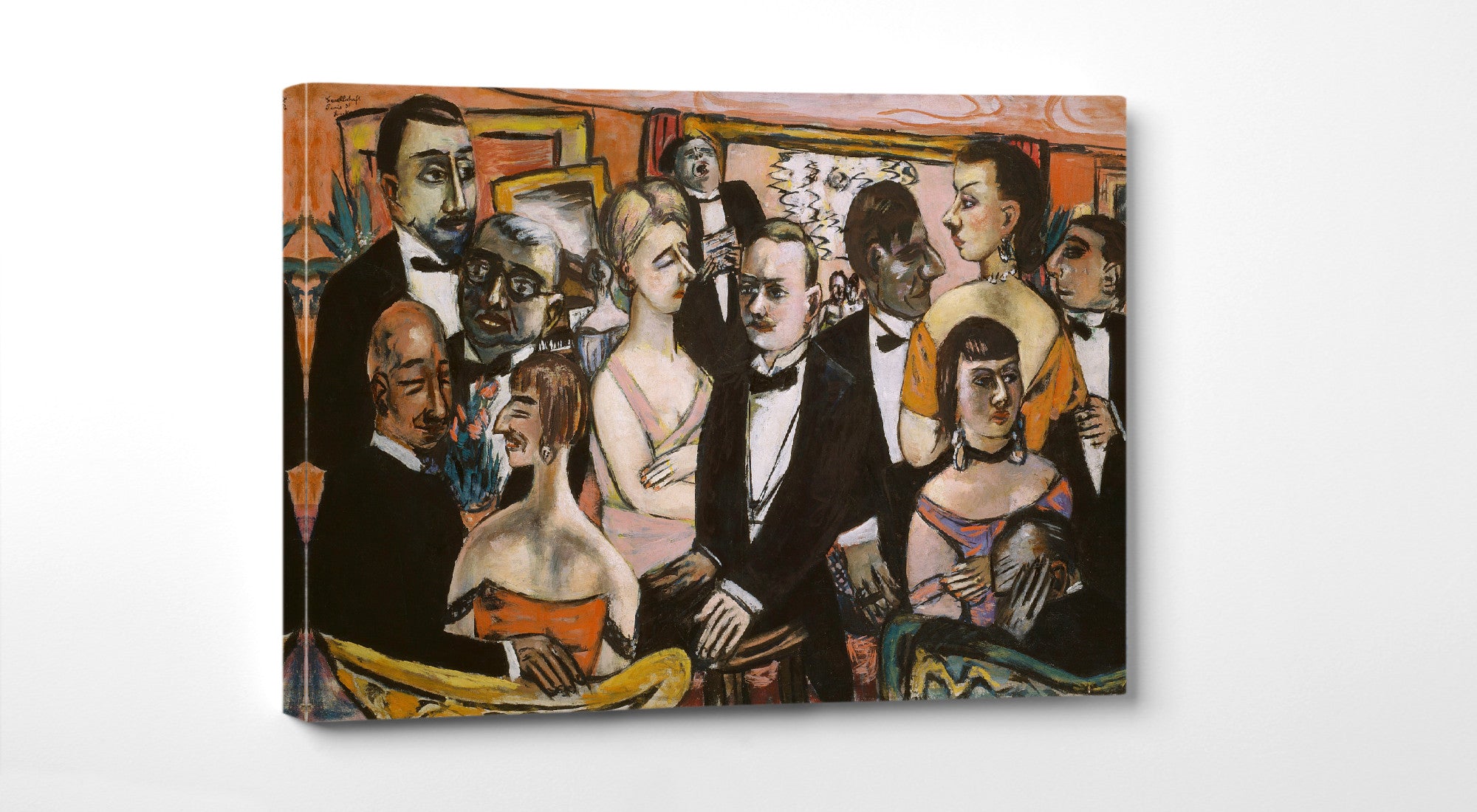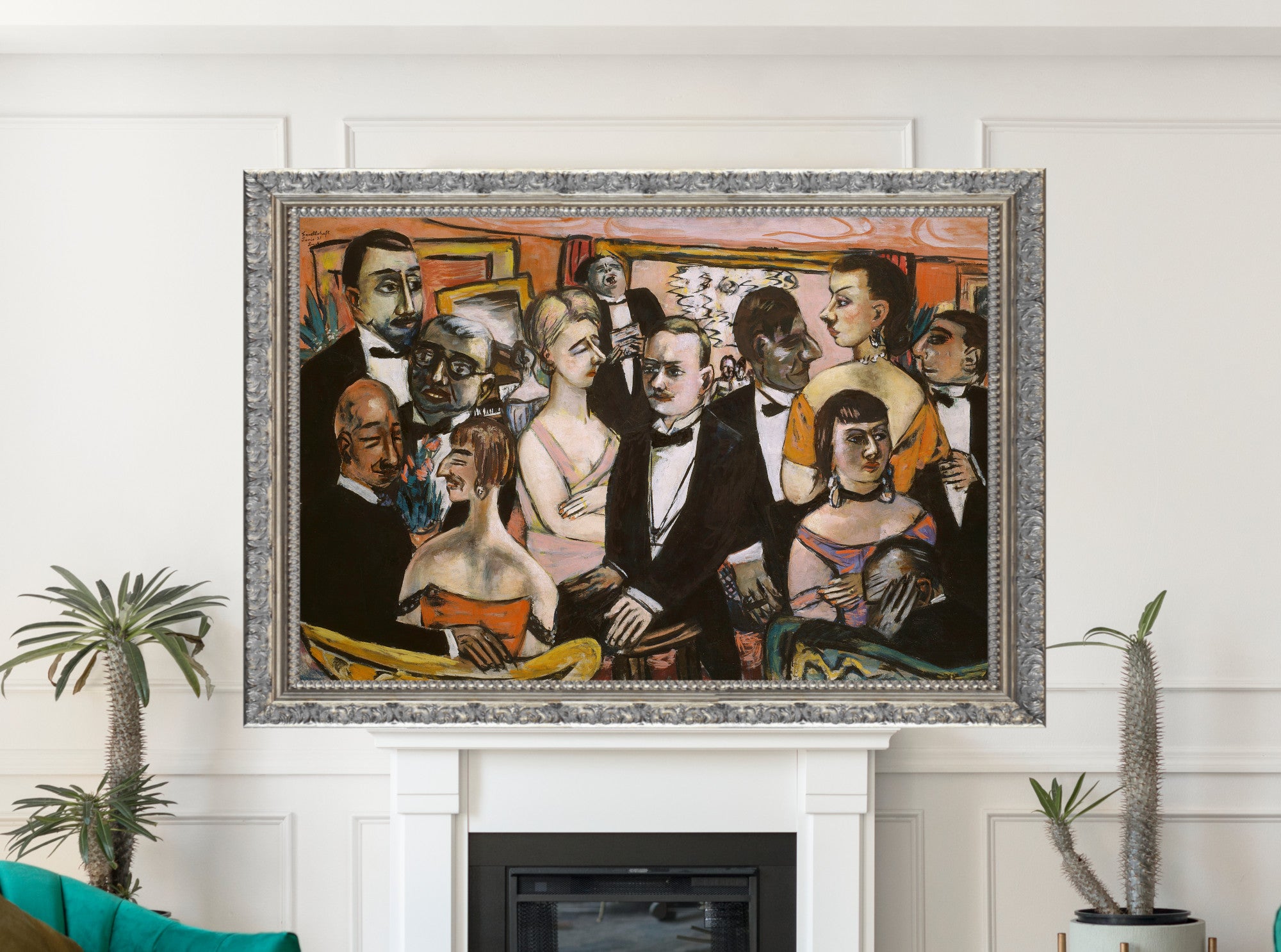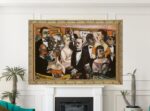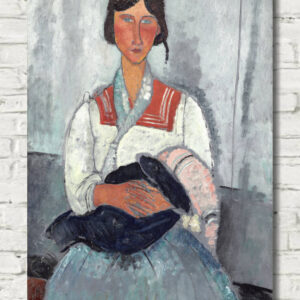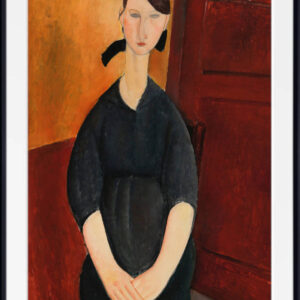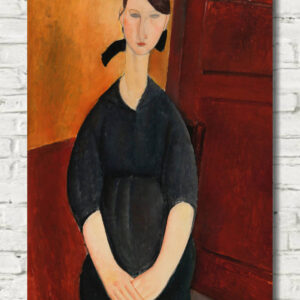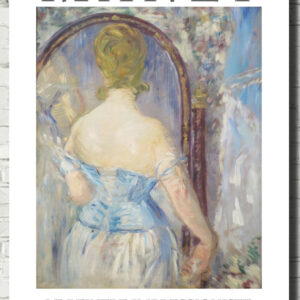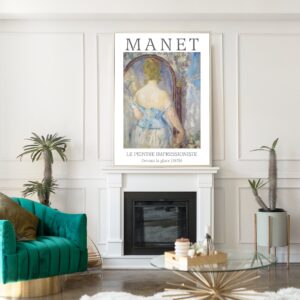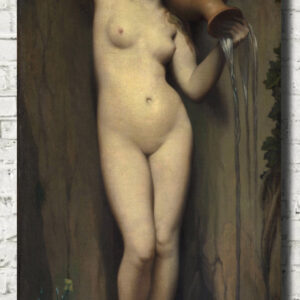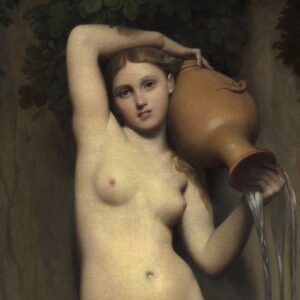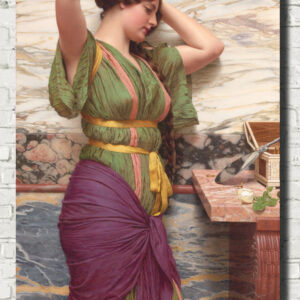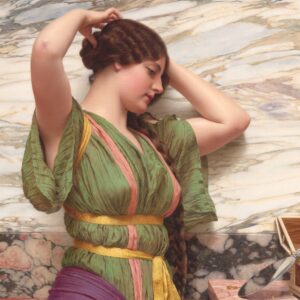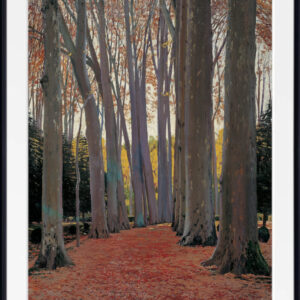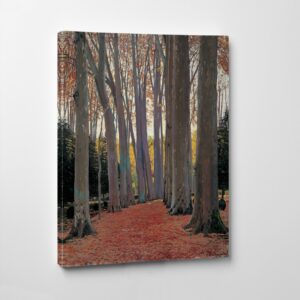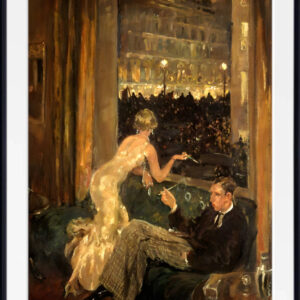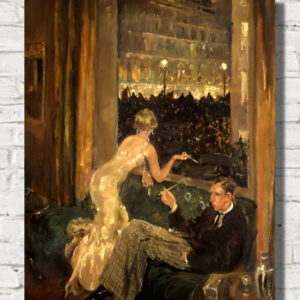Max Beckmann, Paris Society (Gesellschaft Paris, 1931) – New Objectivity
Paris Society (Gesellschaft Paris, 1931) is Max Beckmann‘s portrait of émigrés, aristocrats, businessmen, and intellectuals engaged in disjointed festivity on the eve of the Third Reich. Beckmann painted the work on an invitation from the German embassy in Paris. A series of sketches shows that he had conceived of the composition as early as 1925. By 1931, when he completed it, accusations and slander against the freethinking artist had begun to mount in Germany, and the somber character of Paris Society seems to reflect his sense of foreboding. Beckmann spent much of his time in Paris, although financial hardship stemming from his persecution led him to give up his studio there one year later. He eventually emigrated to Amsterdam and then to the U.S.
Paris Society is rife with ambiguities. The event depicted is a black-tie party, although the socialites gathered there seem strangely depressed. Some of the figures in the composition were identified by the artist’s widow, Mathilde Beckmann. They include the central figure, Beckmann’s friend Prince Karl Anton Rohan; the Frankfurt banker Albert Hahn, at the far right; the music historian Paul Hirsch, seated at the left; the German ambassador Leopold von Hoesch, at the lower right, with his head in his hands; and possibly Paul Poiret, the French couturier, standing at the left. But why they are together in this scene and what their peculiar postures denote remain a matter of speculation.
In café, hotel, and beach scenes, Beckmann had proven himself to be a mordant painter of modern life, and some German critics counted him among the artists of the Neue Sachlichkeit (New Objectivity). The universalizing tendency of his moral allegories, however, diverged from the political satire of his colleagues, such as Otto Dix and George Grosz. Beckmann’s paintings do not succumb to precise interpretation. In spite of their period detail, they seem to represent a condition rather than a historical moment.
Max Carl Friedrich Beckmann (February 12, 1884 – December 27, 1950) was a German painter, draftsman, printmaker, sculptor, and writer. Although he is classified as an Expressionist artist, he rejected both the term and the movement. In the 1920s, he was associated with the New Objectivity (Neue Sachlichkeit), an outgrowth of Expressionism that opposed its introverted emotionalism. Even when dealing with light subject matter like circus performers, Beckmann often had an undercurrent of moodiness or unease in his works. By the 1930s, his work became more explicit in its horrifying imagery and distorted forms with combination of brutal realism and social criticism, coinciding with the rise of nazism in Germany
Available as a fine art print and as a stretched canvas panel (heavy fine art canvas stretched over 1.5 inch deep edge solid wood frame)
All prints are made using archival art stocks and UV pigment inks to give up to 200 years life. Prints are sold unframed and unmounted.


